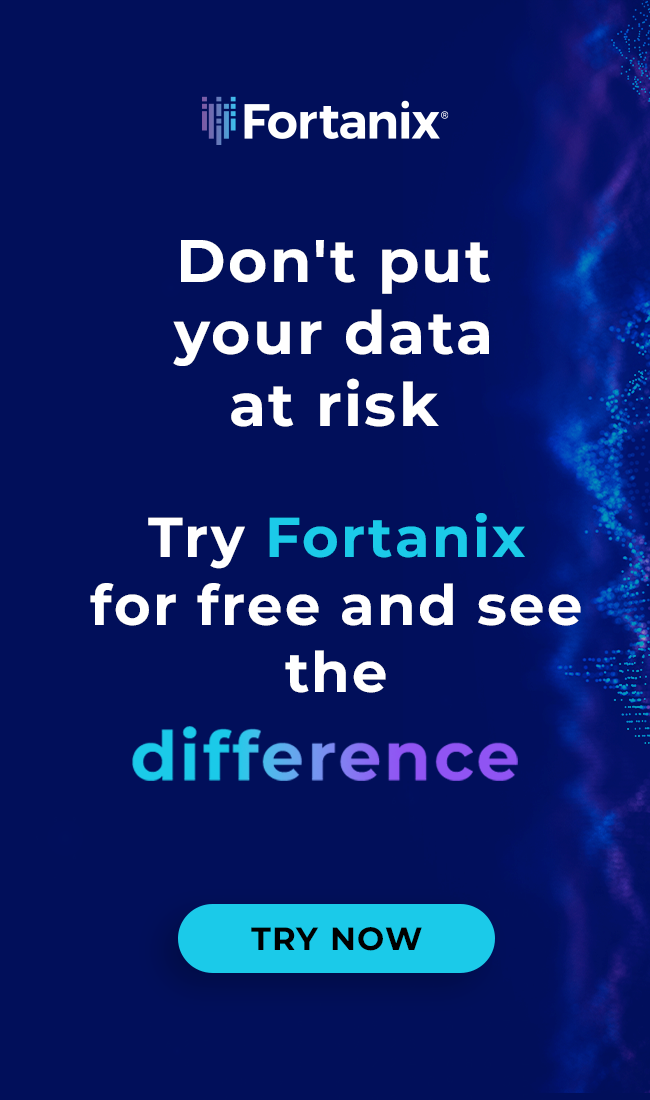Data security plays a crucial role in the ever-growing domain of digital transactions. With a multitude of regulatory requirements across borders, enterprises strive to maintain operational effectiveness at the highest security levels without compromising data availability and integrity.
The Digital Transformation and Its Challenges
Data is omnipresent, driven by digital transformation and the need for 24/7, on-demand access to information and experiences. The Covid pandemic has accelerated this trend, leading to the rapid development of new markets such as C2C (consumer-to-consumer) and D2C (direct-to-consumer). However, this growth has also led to an increase in eCommerce fraud.
To mitigate the costly expense of fraud, businesses often refuse transactions or implement poor customer service procedures. This can negatively impact customer experience and drive customers away, compelling cybersecurity teams to adopt improved security standards to meet regulatory compliance such as GDPR, PCI DSS 4.0, and NIS80038G, while ensuring business performance and reputation remain intact.
Educating employees on data privacy best practices is essential in reducing the likelihood of accidental breaches and protecting sensitive customer and business data. In the context of marketing, understanding what is big data in marketing is crucial as it highlights the importance of safeguarding massive datasets used to target and engage consumers.
The Role of Data Tokenization
One effective solution to address these challenges is data tokenization. Data Tokenization involves issuing a unique and anonymous representation of real data for use in the digital environment. With data tokenization, the format of the data is preserved, and fully reversible based on role access, enabling full data useability and availability.
The data tokenization market is projected to reach $13.23 billion by 2030 [source], growing at a compound annual growth rate (CAGR) of 24.09% from 2022 to 2030 [source]. This rapid growth is driven by the need to protect sensitive data across various industries and use cases.
Industry Applications of Data Tokenization
There are multiple use cases of data tokenization across industries, highlighting its versatility and importance:
- Financial Services: Protecting personal information in financial transactions, particularly in online and contactless payments, which represent the largest market for data tokenization.
- Insurance: Analyzing claim data to manage premiums without exposing personally identifiable information (PII).
- Healthcare: Securing personal information in medical records, IoT devices in medical environments, and data analysis in drug trials.
- Manufacturing: Protecting personal information in IoT-enabled vehicles and related applications.
- Public Sector: Securing voting information and other personal data.
- Telecommunications: Protecting phone numbers and related meta-data, as highlighted by the recent AT&T breach [source].
Addressing Privacy and Security Concerns
Data Tokenization helps address various privacy and security concerns, including:
- Insider Threats: Preventing accidental or intentional data exposure.
- Regulatory Compliance: Ensuring adherence to regulations like PCI, GDPR, and more.
- Data Protection: Protecting PII, PHI, credit card numbers, and other sensitive information throughout the data pipeline.
Implementing Data Tokenization
Implementing data tokenization effectively is enabled with a consultative approach from vendors. At Fortanix, we emphasize understanding customer requirements upfront to provide tailored solutions. Our Fortanix Data Security Manager (DSM) offers flexibility and integration capabilities for various use cases, from data pipelines to machine learning models.
Data Pipeline Patterns: ETL vs. ELT
Data pipelines can generally be categorized into two patterns: ETL (Extract, Transform, Load) and ELT (Extract, Load, Transform). In ETL, data is transformed before being loaded into the destination, effectively ‘shifting left’, while in ELT, raw data is loaded first and transformed later. Fortanix integrates data tokenization as early as possible in these processes, ensuring data privacy and security from the point of ingestion while in ELT Tools, raw data is loaded first and transformed later. Fortanix integrates data tokenization as early as possible in these processes, ensuring data privacy and security from the point of ingestion.
Data Tokenization vs. Encryption vs. Data Masking
Each method serves different purposes but can be combined for a robust defence-in-depth strategy:
- Encryption: Secures data at rest and in transit, protecting databases, storage environments, and more.
- Data Tokenization: Focuses on anonymizing sensitive data within environments, minimizing the impact of data breaches.
- Data Masking: Primarily used in development and testing environments, making data irreversible and secure.
Fortanix DSM offers a single platform for data encryption and data tokenization, providing comprehensive data security solutions without the need for piecemeal implementations.
Looking Ahead: AI and Data Security
AI, particularly Generative AI and Retrieval-Augmented Generation (RAG) models, offers significant opportunities but also presents challenges in data security. Data tokenization plays a crucial role in mitigating risks associated with data breaches, unintentional biases, and loss of intellectual property. Fortanix DSM integrates with AI pipelines, ensuring data is protected and used ethically, enhancing security and compliance.
In conclusion, Data Tokenization is a powerful tool for enhancing data privacy and security in the digital age. Fortanix delivers a consultative approach to customers to classify data and integrate robust security measures early in the data pipeline, enabling organizations to protect sensitive information, comply with regulations, and maintain high ethical standards.
For more information, please watch our on-demand webinar, Shift Left: Enhancing Data Privacy and Security in the Digital Age here, or review our Get Ready for PCI DSS 4.0 Compliance ebook here.

 Cite this article
Cite this article









